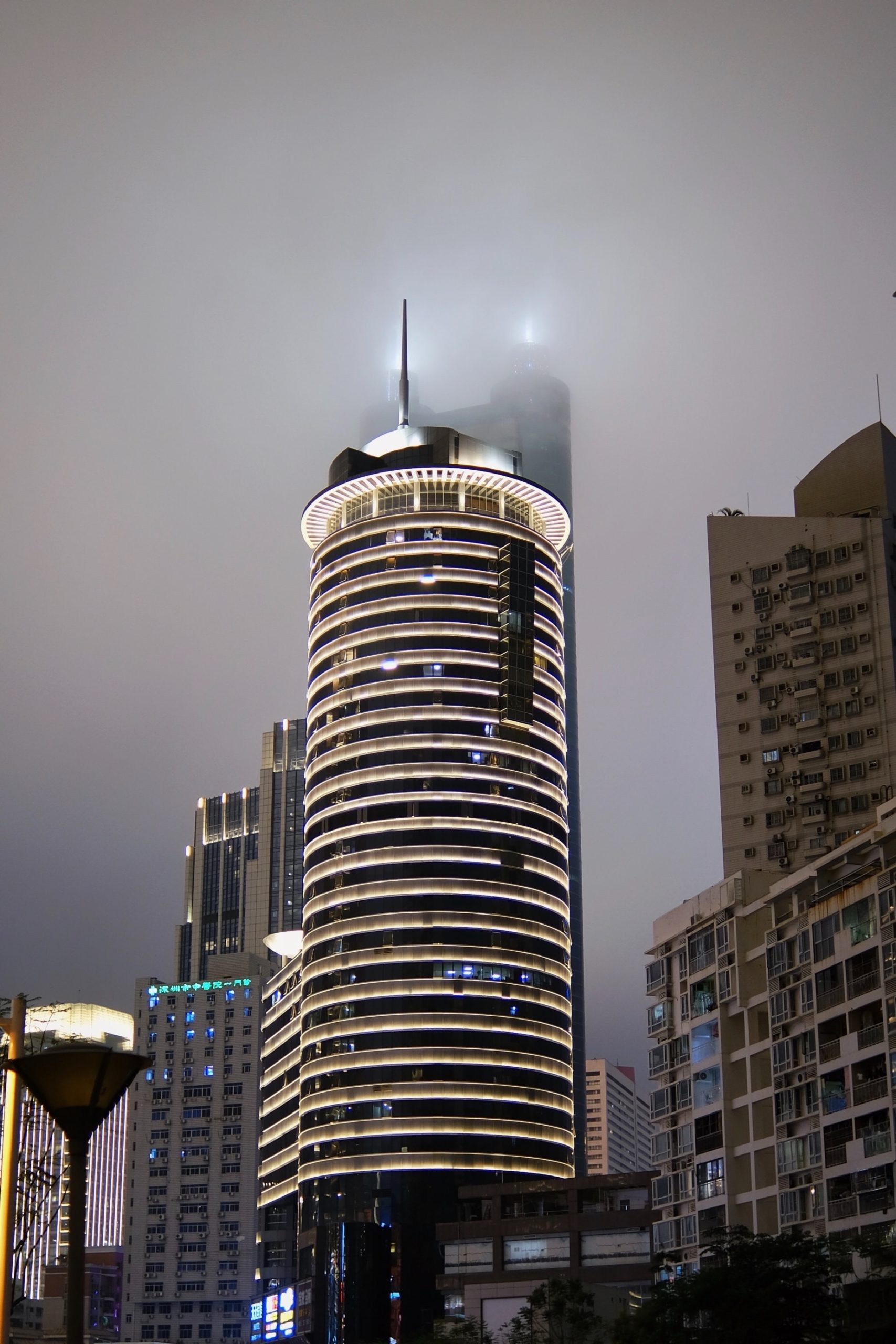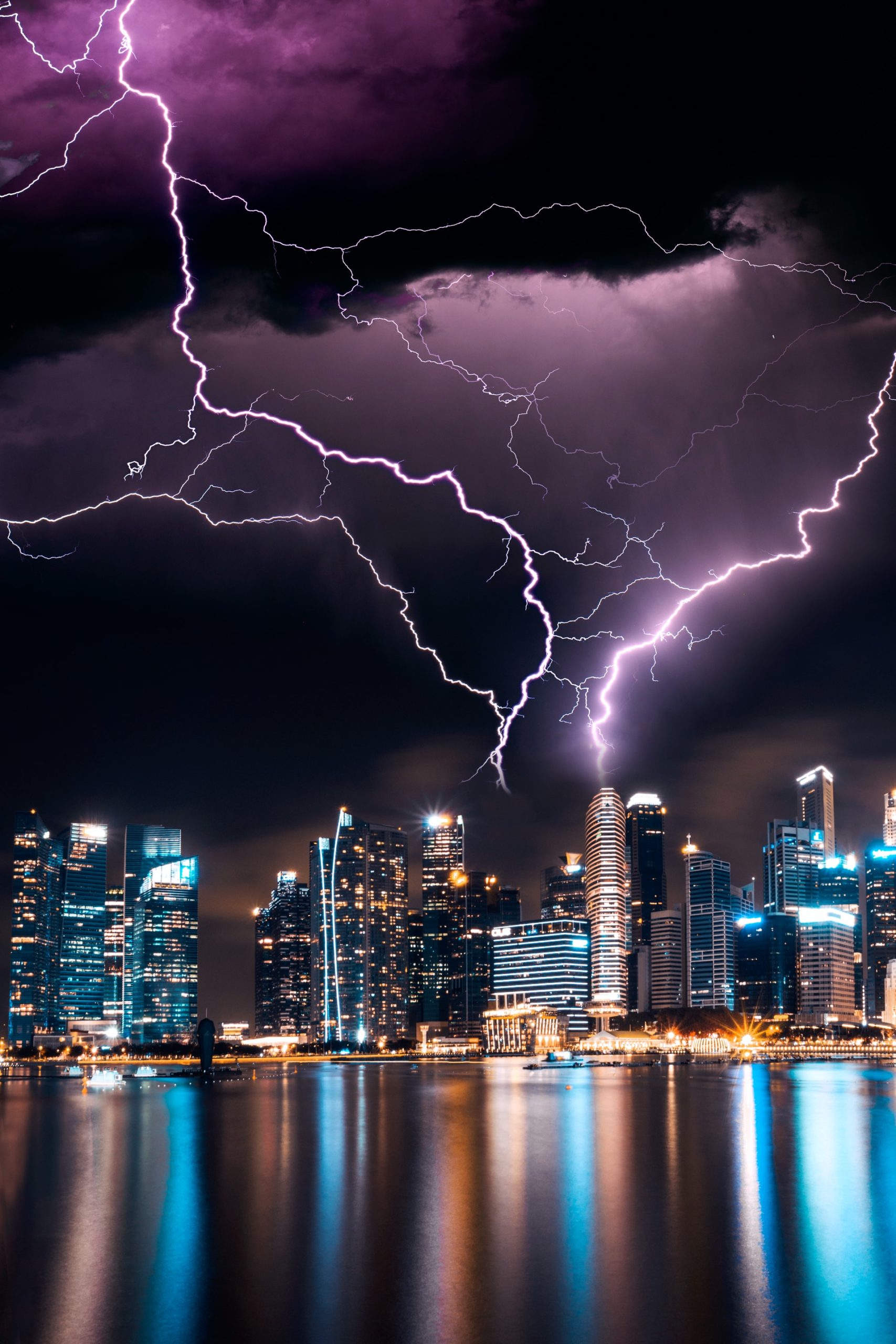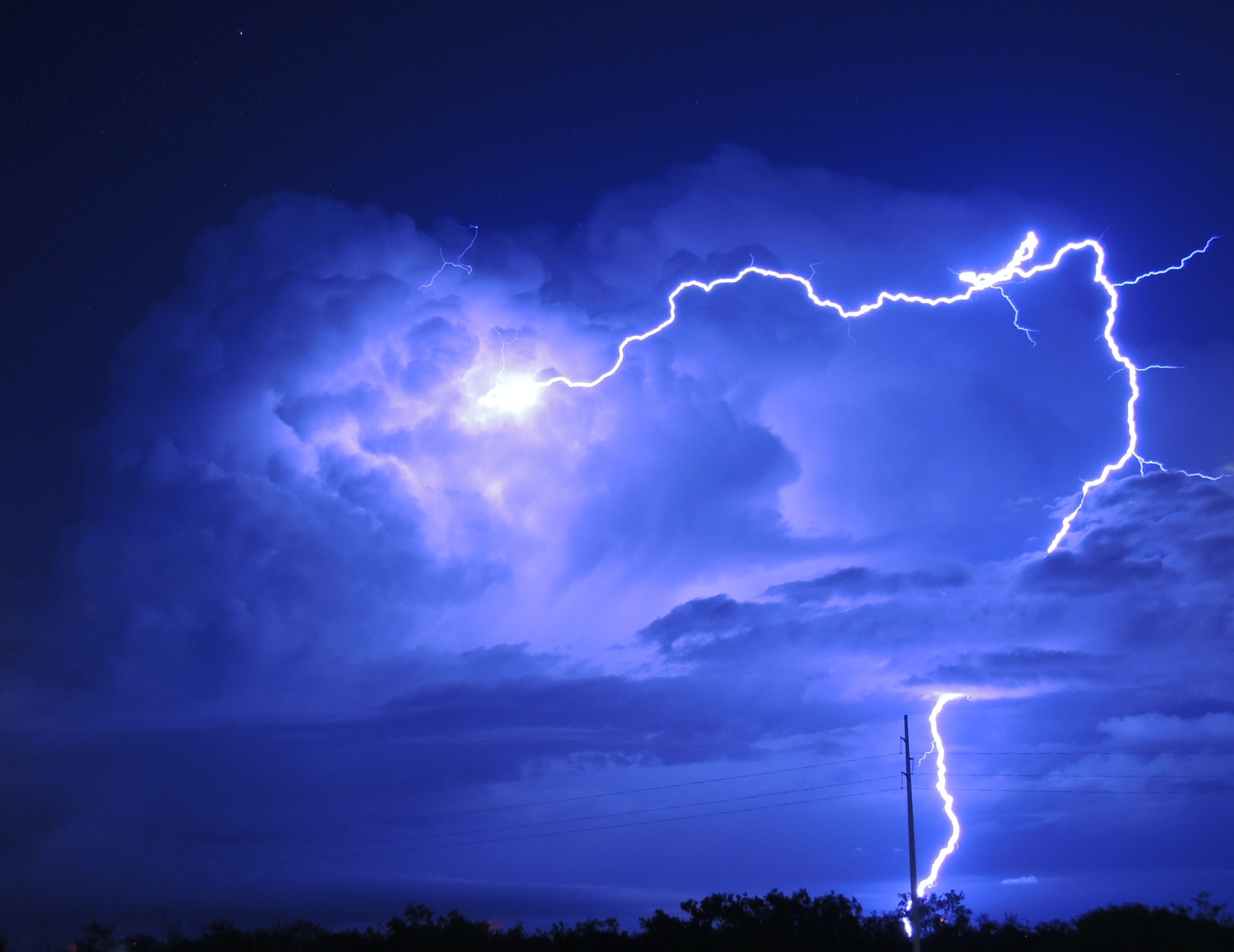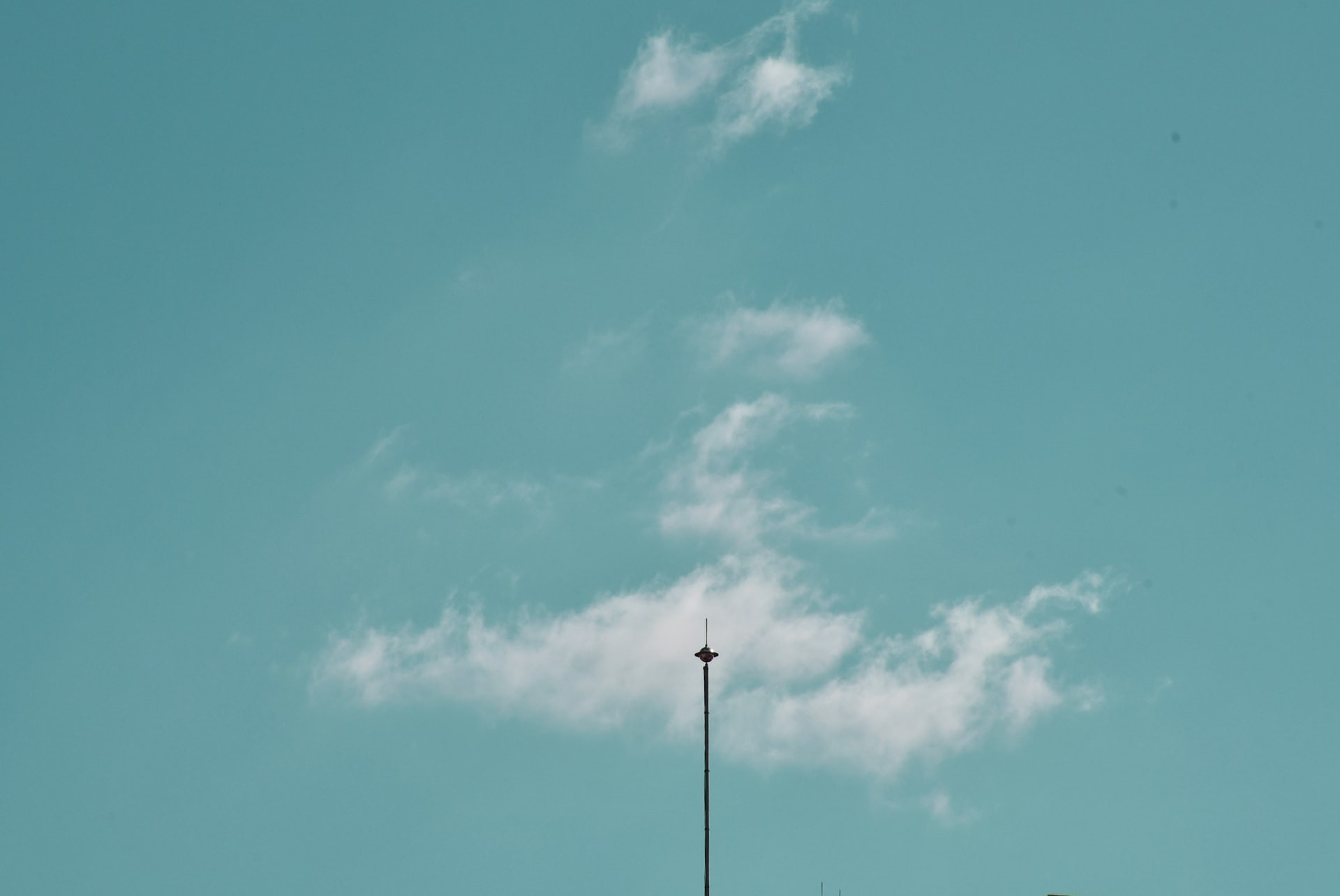It is hard to imagine life without electricity for cooking, heating, entertainment, and work. An energy crisis would overtake our lifestyles, and there may be significant power outages in many parts of the world in the near future.
Anyone can endure a power outage for a day or two, but how can we survive a blackout of several days or weeks?
You never know what kind of situation or emergency might cause you to be without electricity for an extended time. Some people voluntarily choose to live without electricity and make it their way of life, but many are not ready to do so yet.
Whatever the cause of the power outage, measures need to be taken. The trick to living without electricity is to start preparing now so you won’t be unprepared later!
1) Prepare Food Supplies
Start by making a list of the foods you will need in a power outage. Also consider, for example, whether you will be able to keep the food cold when making it, whether you will be able to cook it, and how you will prepare it.
It is beneficial to stock up on canned or prepared foods, especially if you use an induction stove in your kitchen. Prepare shelf-stable foods that do not need to be stored under special conditions, such as
- Sugar
- Flour
- Oats
- Honey
- Pasta
- Rice
- Tuna or canned fish
- Beans
2) Consider Ways To Collect and Store Water
Whether the outage is temporary or permanent, it is essential to have water available. Buy a water bottle, fill a jug, or install a rainwater filter system if more practical. Storing water is vital for your own health and the people in your home.
3) Alternative Cooking Methods
Without electricity, cooking can suddenly become more difficult than usual. Grills and small gas stoves for camping are options. Gas ovens are also available, but both require a cylinder to use.
The best option is a wood stove with a flat top. In addition to heating, you can place a frying pan on it and use it for cooking. Important: Always use cast iron pans!

4) Do What You Need To Do During the Day
Without electricity, there is no lighting, so things will not get done as soon as the sun goes down. Then, learn to plan what you need to do to make the most daylight. In other words, get up when the sun rises, and as soon as the sun sets, consider it a night.
5) Consider Lighting
If you live far from an urban area with no electricity, you may be in total darkness. We usually turn on the lights as soon as we enter a room, and this darkness can be unsettling if you are not used to it.
Lanterns and candles can provide light, but are a high fire hazard. Be especially careful in homes with children.
- Candles
- Light sticks
- Oil lamps
- Solar-powered lights.
- Rechargeable torches
6) Consider Alternative Heat Sources
Living without electricity in the winter is difficult because there is no heat. Also, if you have children, you need at least a heating source.
You can help your family stay warm by:
- Improving the insulation of your home.
- Putting carpeting on the floor.
- Looking for and close window vents.
- Placing rags under doors.

7) Prepare an Alternate Washroom
If the power is out for a short period, you may not need to go to the bathroom. If the power outage lasts longer, the pumps on the aqueduct that bring water to your home may stop working. Consider using buckets or camp toilets.
How do you create a bucket system? It’s simple: put a garbage bag in the bucket, and put some moss or sand on the bottom. Once you’re done, put some more moss or sand on it to cover the odors.
Do you have any other tips? Share it with us in the comments below!




